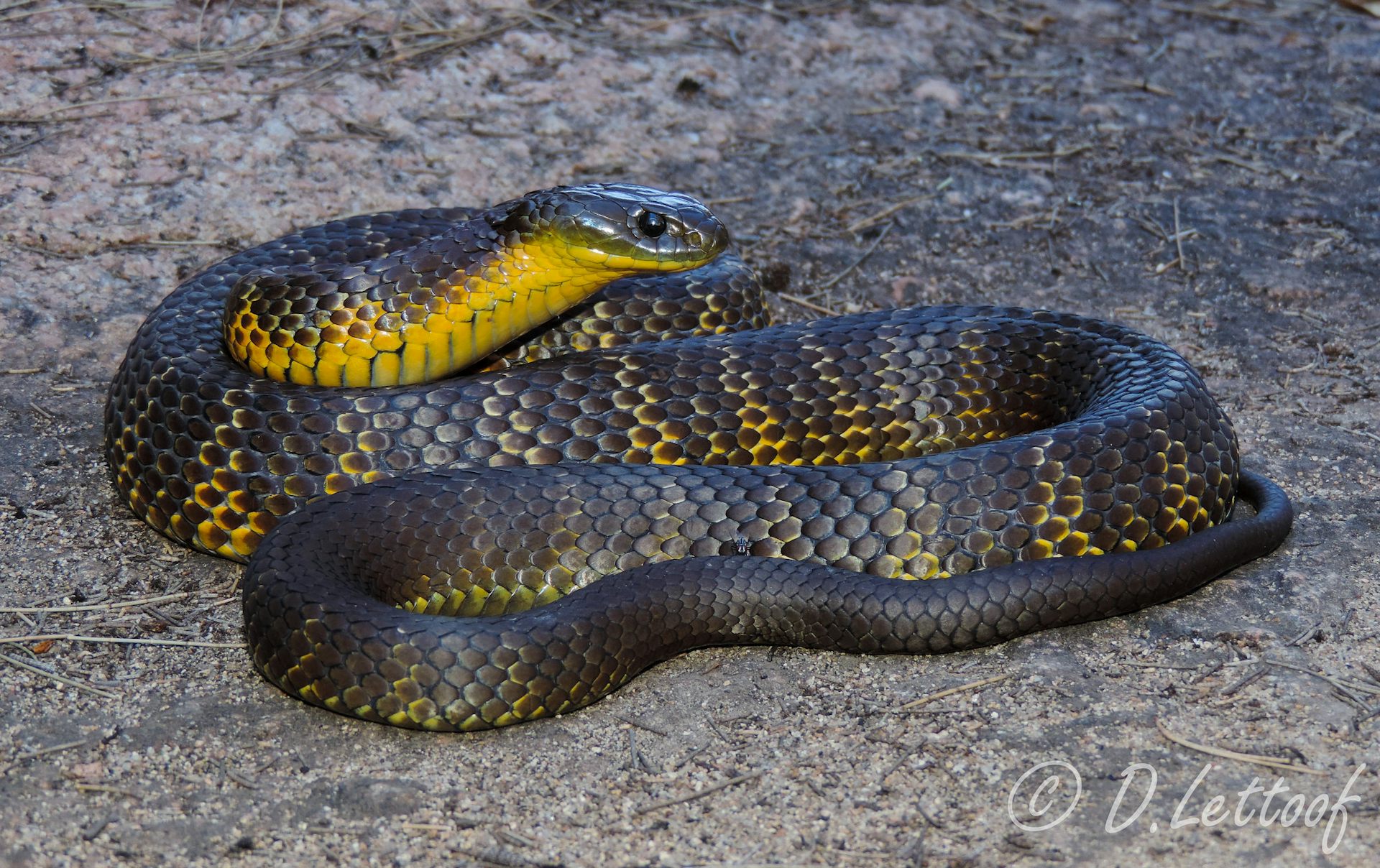Introduction
Tiger serpents (Notechis scutatus) are amongst the most remarkable yet feared reptiles located in Australia. With their striking appearance and potent poison, these serpents stimulate a blend of admiration and care. Observing tiger snakes in their native environment can be an exhilarating experience for nature enthusiasts, wild animals professional photographers, and scientists alike. Nevertheless, it's important to approach this endeavor with regard for the pet's habitat and an understanding of safety measures to stop serpent bites.
In this comprehensive overview, we'll explore how to safely observe tiger serpents in their all-natural environment. We will cover topics varying from comprehending their habits and habitats to emergency treatment for serpent attacks-- outfitting you with expertise to boost your experience while reducing risks.
What is a Tiger Snake?
Tiger snakes are highly poisonous serpents belonging to Australia, particularly Tasmania and coastal areas. They are understood for their unique banded coloration appearing like a tiger's red stripes, which can vary from yellowish-brown to dark brownish or even black.

Physical Characteristics
Tiger serpents are medium to large-sized snakes that can mature to 2 meters long. Their bodies are robust, and they have a broad head that is clearly broader than their necks.
Habitat Preferences of Tiger Snakes
These reptiles usually occupy wetlands, tidewaters, and coastal regions yet can likewise be found near freshwater resources like rivers and lakes. Recognizing where these serpents live is vital for any person seeking to observe them safely.
Understanding Tiger Serpent Behavior
Are Tiger Snakes Venomous?
Yes, tiger serpents are among one of the most venomous snake types around the world. Their venom contains neurotoxins that can cause significant clinical issues if bitten.
Behavioral Traits
Tiger snakes are usually shy creatures; they choose to avoid human communication. Nevertheless, they can become aggressive if endangered or cornered.
Where Can You Locate Tiger Snakes?
Tiger Serpent Habitat Exploration
To securely observe tiger serpents in their natural habitat, it's essential initially to recognize where they prosper. They tend to favor:

- Coastal marshlands Mangroves Swamps Riverbanks
Best Areas for Observation
Some advised places include:
- Tasmanian wetlands The coasts of southerly Australia National parks with water bodies
Safety Preventative measures Before Observing Tiger Snakes
Understanding the Risks of a Tiger Snake Bite
Although encounters with tiger serpents can be awesome, recognizing the dangers Snake awareness Australia included is paramount:
Recognize symptoms of a serpent bite: swelling at the site, discomfort emitting from the bite area. Know emergency get in touches with: Familiarize on your own with regional emergency services. Carry a first-aid kit especially outfitted for snake bites.First Aid for Serpent Bites: What You Need to Know
Knowing what steps to take if bitten could conserve your life or someone else's:

- Stay calm; movement boosts venom spread. Call for clinical help immediately. Do not use ice or attempt suctioning.
How to Securely Observe Tiger Snakes in Their All-natural Habitat
When you decide to observe tiger serpents in the wild:
Dress Appropriately: Use long trousers and durable boots. Use Binoculars: Maintain a safe distance while observing these reptiles. Avoid Abrupt Movements: Quick activities may stun them. Stay on Established Trails: Prevent roaming into thick underbrush where exposure is low.Equipment Needed for Observation
Essential Gear Checklist
- Binoculars First-aid package specifically made for serpent bites Field guidebook on Australian reptiles Camera (with zoom capacity)
Snake Bite First Aid Kit Essentials
A fully equipped emergency treatment set should include:|Thing|Function|| -------------------------------|-------------------------------|| Compression bandage|To incapacitate the afflicted location|| Antihistamines|For allergies|| Emergency situation call numbers|Quick gain access to throughout emergencies|
Interpreting Tiger Snake Signals
Understanding just how tiger serpents interact through body language assists onlookers assess when it's safe or unsafe:
Common Behaviors
Defensive posture: If coiled or elevated off the ground. Retreating habits: When they slowly back away from possible threats.Dealing With Possible Encounters
Even with precautions taken, an encounter might still occur during your monitoring trip:
Remain calmness; worrying just enhances risks. Slowly retreat without transforming your back on the snake. Make your presence known verbally yet stay clear of abrupt movements.Frequently Asked Concerns About Tiger Snakes
1. What need to I do if I see a tiger snake?
Remain calmness; observe from a distance without disturbing it.
2. Are infant tiger snakes dangerous?
Yes, juvenile tiger serpents are born poisonous and may pose dangers comparable to grownups regardless of being smaller.
3. Just how typical are tiger snake bites?
While events occur each year in Australia, deaths are unusual as a result of timely therapy availability.
4. Can I maintain a tiger snake as a pet?
Keeping wild tiger snakes as pet dogs is What are the most venomous snakes in Australia unlawful in lots of regions due to preservation laws.
5. What does a tiger serpent attack look like?
Bite marks commonly show two puncture wounds together with localized swelling and discoloration.
6. How efficient is antivenom?
Antivenom therapy is very reliable when administered prompt after a bite.
Conclusion
Observing tiger snakes in their all-natural habitat offers an electrifying chance for wildlife lovers yet have to be come close to with care and regard for both the creature and its setting. By arming on your own with expertise regarding these fascinating reptiles-- including comprehending their habits and safety measures-- you can enjoy remarkable experiences while Australian snake habitats significantly lowering risks connected with encounters.
In recap, always prioritize safety by preparing sufficiently before embarking on any kind of wildlife observation expedition-- specifically when taking care of several of nature's most poisonous creatures like the tiger snake!